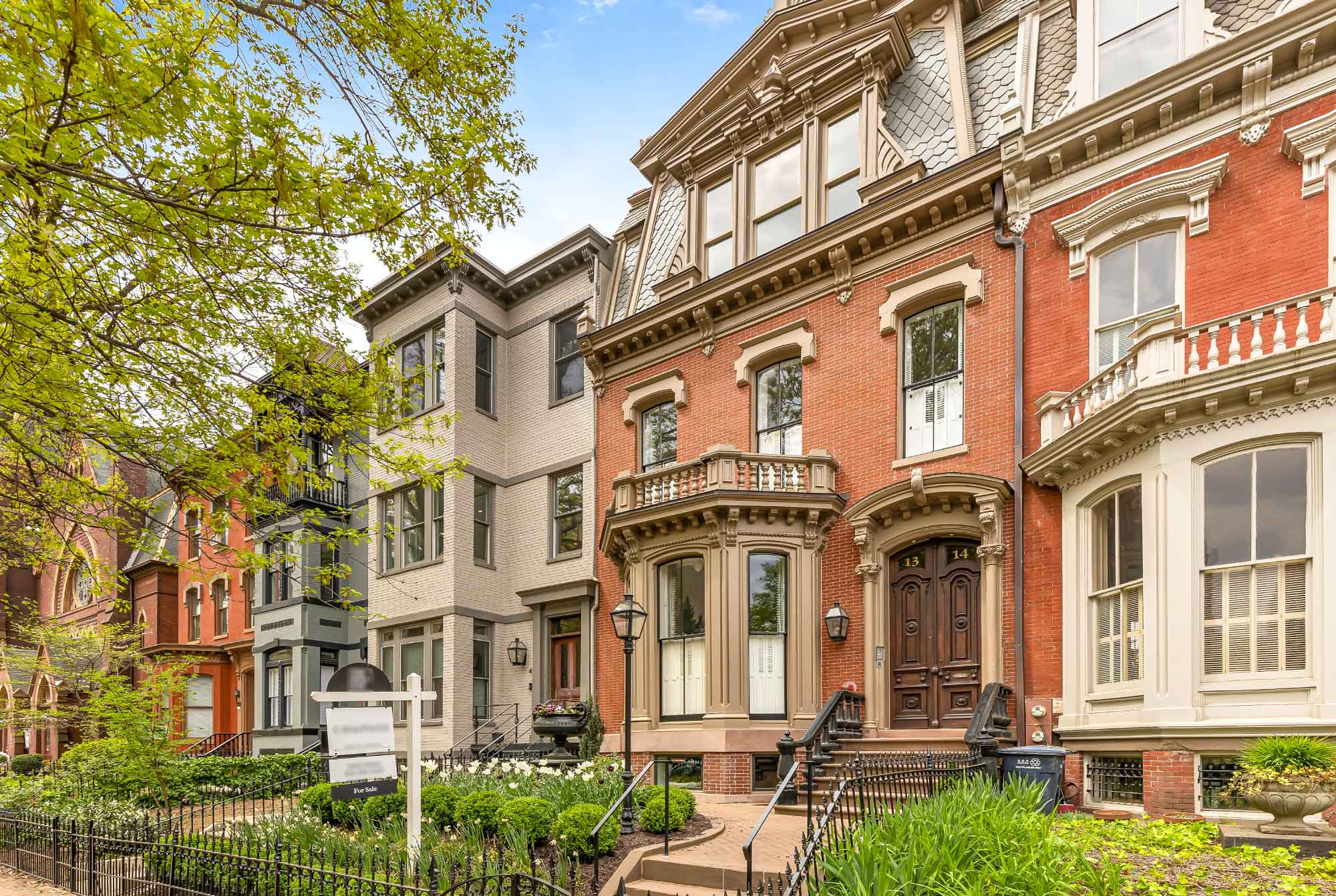Midcentury Design Features We Love
These days, the design trend on the minds of most buyers is none other than midcentury modern. You’ve likely heard this term before, but what exactly does it mean? Here are the 4 main characteristics of midcentury modern design today:
- #1 It’s Understated: Out with the overstuffed and overfilled and in with the clean lines and minimal fuss.
- #2 It’s Organic And Geometric: Houses with lots of windows invite the outside in, and mid-century modern style reflects this through its trademark organic and geometric patterns.
- #3 It’s Functional: Floor plans are designed so that every room had a purpose and anything unnecessary is omitted.
- #4 It’s Unexpected: Plexiglass and fiberglass in home furnishings? Powered by the innovation of midcentury design, the opportunities for unexpected surprises at home are endless.
Curious what this cutting-edge style looks like in action? Keep reading for some of our favorite features of midcentury design — so you can replicate it in your own home and identify it elsewhere!
A Flow-First Focus: Whether you live in a big home with a large common space or in a smaller-scale apartment makes no difference: Optimal flow is the key to channeling midcentury vibes. Foster visual and physical openness by enabling free movement—of air, people, and light—throughout every room. Avoid crowding windows by piling plants and furniture in front of them, and ensure sightlines to windows and doors are always maintained. Likewise, ample walking room (ideally 30 inches) should be left in front of, between, and in the back of large pieces of furniture, and coffee tables should sit 14 to 18 inches away from sofas.
Well-Lit Spaces: If you’re lucky enough to live in a home with walls of floor-to-ceiling windows, insufficient daylight isn’t likely one of your problems. But if your space is window-challenged, every ounce of natural light that does make it into the room can still be maximized, especially in the world of midcentury design. Proponents of this style will trade heavy fabric drapes and window treatments for subtler, unfussy, sheerer versions that facilitate clearer outdoor views — or perhaps even use none at all. They’ll also place period mirrors in strategic spots to cast daylight into dark corners and opt for lighter wall colors that reflect natural light.
An Emphasis On Shape: In 1957, after the Soviet Union’s launch of its Sputnik1 satellite, America began competing with the Soviet Bloc in a fierce race for advancements in rocketry and outer-space exploration. This, in turn, inspired the futuristic shapes and symbolism so elemental to midcentury modern pieces.
Top-Notch Quality And Craftsmanship: Original midcentury-era pieces are still around today because of their reliance on top-quality materials and excellent craftsmanship. Source vintage and midcentury-inspired furniture made of hardwoods typical of the time like teak, maple, elm, rosewood, beech, and walnut—and look for dovetail and mortise-and-tenon joinery, dowel-joint webbing, and an array of tried-and-tested mixed materials such as melamine set into wood and brass or steel with tempered glass.
Thoughtful Accessorizing: Midcentury modern design is void of needless embellishment, and to that end, it renounces the fussy ornamentation, cluttered surfaces, and overstuffed spaces typical of the popular Victorian style that preceded it. Instead, furniture and architecture, rather than an overabundance of knickknacks, take center stage.
Wondering where to find the midcentury-modern home of your dreams? Try searching in Hollin Hills, River Park in SW DC, or Rock Creek Woods — to name just a few. Get in touch with us today to get started!
Put Us To Work For You
Book a consultation with our team today.
